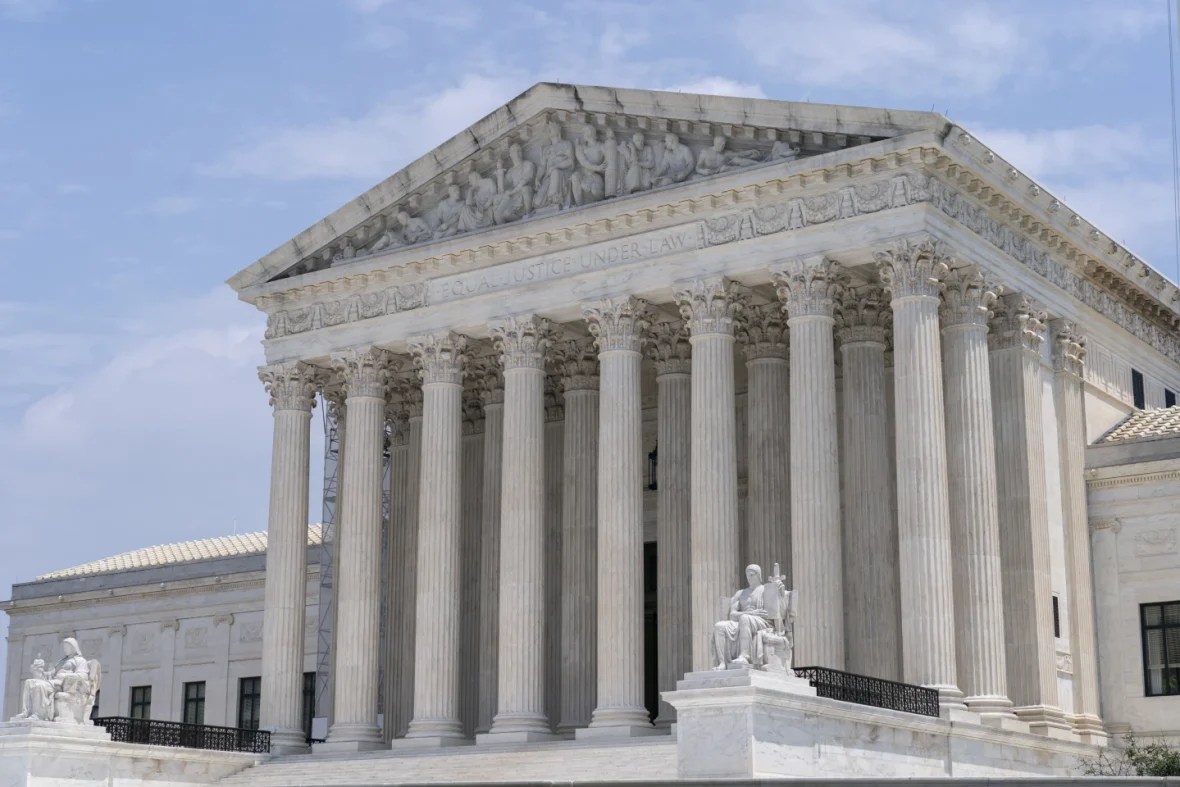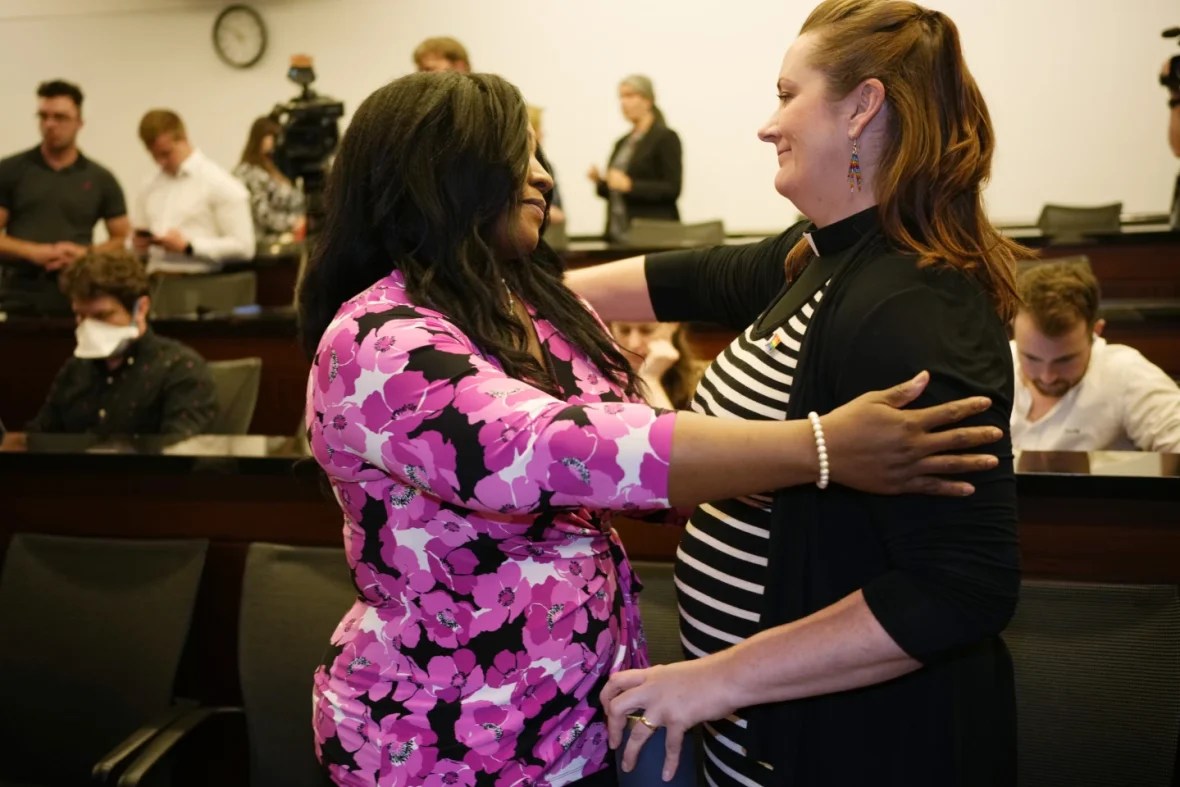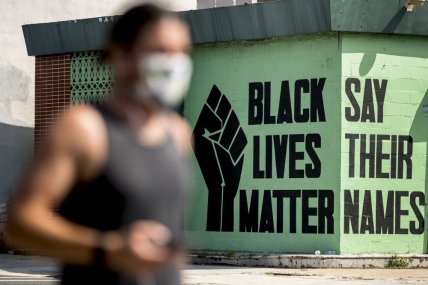The Supreme Court just issued its biggest rulings of the year. Here’s what you need to know.
Though there were some surprises, conservatives scored major victories at the Supreme Court
WASHINGTON (AP) — The Supreme Court just finished issuing its biggest decisions of the term, killing President Joe Biden’s $400 billion plan to cancel or reduce federal student loan debts, ending affirmative action in higher education and issuing a major decision that impacts gay rights.
The decisions over the past week cap off a term that began in October in which the justices also considered big issues involving voting rights and religion.
The court will next meet in the fall to resume hearing cases. Here are a number of things to know about the Supreme Court’s most recent term:

THERE WERE SURPRISES
The court has a solid six-justice conservative majority but ultimately issued some decisions in which the most conservative position did not win. That surprised some court watchers.
In four major cases, conservative and liberal justices joined to reject the most aggressive legal arguments advanced by conservative state elected officials and advocacy groups. Those included decisions on voting, a Native American child welfare law and a Biden administration immigration policy.
On voting rights, for example, the justices rejected a Republican-led effort to weaken a landmark voting rights law. Instead, they ruled in favor of Black voters in Alabama in a congressional redistricting case. The state, where more than one in four voters is Black, will now have to redraw its congressional districts in a way that gives Black voters more power. The decision was 5-4 with Chief Justice John Roberts and Justice Brett Kavanaugh joining the court’s three liberals.
Separately, while the justices just last year overturned Roe v. Wade and allowed states to ban abortion, the court in April rejected a conservative-led effort to get a drug used in the most common method of abortion pulled from the market. The justices allowed the drug, mifepristone, to stay on the market for now while a lawsuit proceeds.
CONSERVATIVES STILL WON, A LOT
While there were surprises among the justices’ rulings, conservatives still won big. On affirmative action, they achieved a long-desired victory. While the court had narrowly upheld race-conscious college admissions programs in the past 20 years, including as recently as 2016, a conservative wing of the court strengthened by three appointees of former President Donald Trump struck down the practice 6-3.
Similarly, on student loans, the court split 6-3 along ideological lines to kill a signature Biden administration program. Other major rulings where the conservatives won included a 5-4 ruling that sharply limited the federal government’s authority to police water pollution.
CHIEF JUSTICE JOHN ROBERTS WAS IN CONTROL
Chief Justice John Roberts led the court’s biggest rulings, writing the majority opinions on student loans, affirmative action and voting cases from North Carolina and Alabama. Last year, the five conservatives to Roberts’ right formed majorities to sometimes act more aggressively than the chief justice wanted, including overturning Roe v. Wade without his vote. Roberts’ more narrow position in the case would have instead cut back on abortion rights.
As chief, Roberts gets to decide who writes the majority opinion in cases where he’s in agreement. This time, he assigned those major opinions to himself, ensuring that his hand was steering the court.
JUSTICE KETANJI BROWN JACKSON MADE HER VOICE HEARD
The court’s newest justice also wound up being its most vocal. Jackson began her first term on the court in October, and it was clear early on that she would be an active participant in arguments. Over the course of the term’s 59 arguments, she spoke some 78,800 words, far more than the next most voluble justice, according to research by Adam Feldman and Jake Truscott.

Like her colleagues, Jackson wrote about a half a dozen majority opinions this term. Her first came in a dispute between states over unclaimed money while her most significant may have been a 7-2 ruling in which the court declined to broadly limit the right to sue government workers. She also authored a number of dissents, including one in the affirmative action in which Jackson, the court’s first Black woman, accused her colleagues in the majority of “let-them-eat-cake obliviousness.”
JUSTICE NEIL GORSUCH DEFENDED NATIVE RIGHTS, AGAIN
Since joining the court in 2017 Justice Neil Gorsuch has emerged as a champion of Native rights, sometimes breaking with fellow conservatives on Native issues. In 2020, for example, he was the author of a 5-4 decision in which the court ruled that a large chunk of eastern Oklahoma remains an American Indian reservation.
This term, he wrote passionately in two Native rights cases. He dissented from a ruling against the Navajo Nation in a dispute involving water from the drought-stricken Colorado River. And while he was in the majority in the court’s case involving the Indian Child Welfare Act, he nonetheless wrote separately. The opinion ran 34 pages. Gorsuch wrote 38.
ETHICS ISSUES SWIRLED AROUND THE COURT
High-profile issues weren’t the only reason the Supreme Court was in the news this term. A series of stories questioned the ethical practices of the justices, most notably of Justice Clarence Thomas but also Justice Samuel Alito. Investigative news site ProPublica detailed in a series of stores lavish trips and other gifts provided to Thomas by Republican megadonor Harlan Crow.
Both Thomas and Alito strenuously denied they had done anything wrong. But the stories led to calls from Democrats in Congress in particular for reforms and more transparency. Republicans made clear they oppose the effort. In May, Roberts said without offering specifics that there is more the court can do to “adhere to the highest standards” of ethical conduct.
TheGrio is FREE on your TV via Apple TV, Amazon Fire, Roku and Android TV. Also, please download theGrio mobile apps today!


